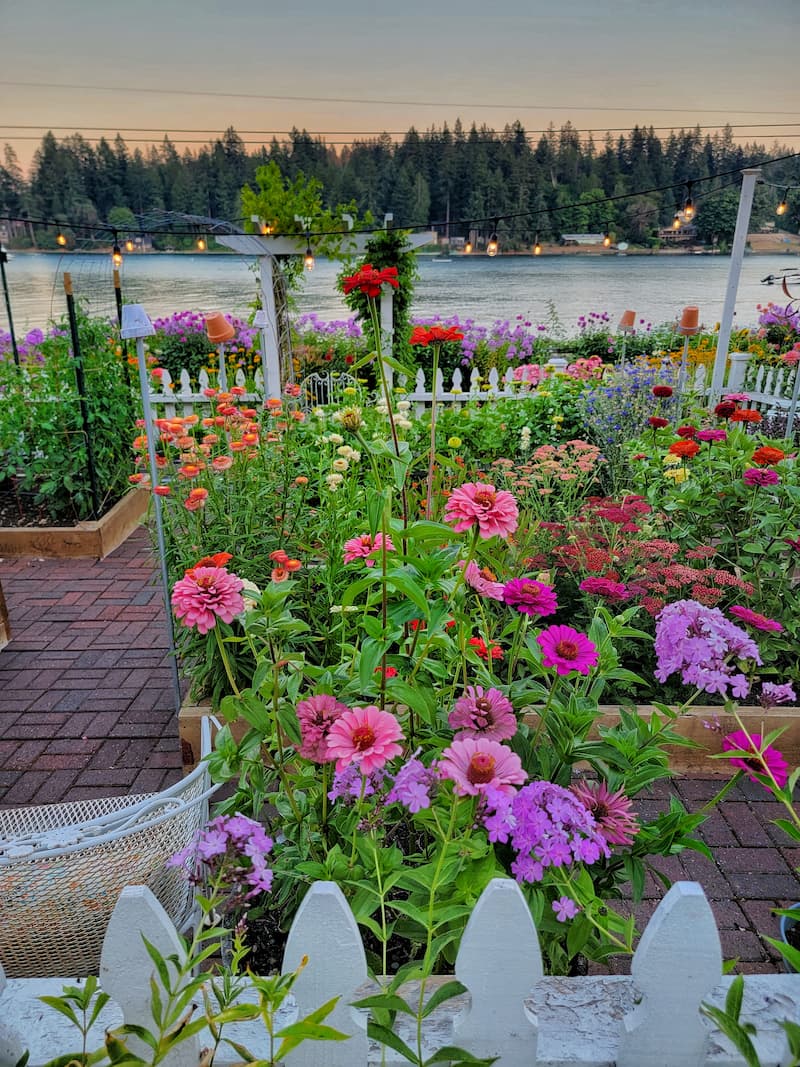Introduction
Starting a flower garden in your front yard is a rewarding way to enhance your home’s curb appeal and create a welcoming outdoor space. A well-planned flower garden not only adds color and fragrance but also increases property value and supports local pollinators like bees and butterflies. This guide will walk you through everything you need to know to start a flower garden in your front yard, from choosing the right plants to soil preparation and maintenance tips.
Why Start a Flower Garden in Your Front Yard?
Creating a flower garden in your front yard offers multiple benefits:
- Boosts curb appeal: Vibrant flowers create an inviting first impression.
- Supports biodiversity: Native flowers attract pollinators essential for the ecosystem.
- Personal enjoyment: Gardening reduces stress and increases outdoor activity.
- Increases property value: Attractive landscaping can raise home prices by up to 15%, according to real estate studies.
Understanding these benefits sets the foundation for a purposeful garden that suits your needs and environment.
Planning Your Front Yard Flower Garden
Assess Your Space and Conditions
Before planting, analyze your front yard’s conditions:
- Sunlight: Determine how many hours of direct sun the area receives daily. Most flowers need 6+ hours of sunlight.
- Soil quality: Test soil pH and texture to identify if amendments are needed.
- Drainage: Ensure the area doesn’t retain excessive water, which can harm roots.
- Size and shape: Measure the space to plan plant placement effectively.
Choose the Right Flowers
Select flowers based on your climate zone, soil, and sunlight:
- Perennials: Such as coneflowers and daylilies, they return yearly and require less maintenance.
- Annuals: Like marigolds and petunias, they provide seasonal color.
- Native plants: Adapted to your region; they are drought-tolerant and support wildlife.
Consider bloom times to ensure continuous color throughout the seasons.
Preparing Your Front Yard for Planting
Soil Preparation
Healthy soil is critical for a thriving flower garden:
- Clear the area: Remove weeds, rocks, and debris.
- Loosen the soil: Use a garden fork or tiller to aerate the soil to a depth of 8-12 inches.
- Amend the soil: Incorporate organic matter such as compost or aged manure to improve fertility and drainage.
- Test soil pH: Adjust with lime (to raise pH) or sulfur (to lower pH) as needed.
Layout Planning
Use garden markers or string to outline flower beds. Plan taller plants toward the back or center and shorter ones at the front for visibility.
Planting and Maintenance Tips
Planting Best Practices
- Plant flowers during the appropriate season—spring or fall for most varieties.
- Space plants according to their mature size to avoid overcrowding.
- Water thoroughly after planting to help roots establish.
Ongoing Care
- Watering: Maintain consistent moisture; avoid overwatering to prevent root rot.
- Mulching: Apply 2-3 inches of mulch to retain moisture, suppress weeds, and regulate soil temperature.
- Fertilizing: Use balanced, slow-release fertilizers in early spring and mid-season.
- Pruning and Deadheading: Remove spent flowers to encourage new blooms.
Pest and Disease Management
- Monitor plants regularly for signs of pests or disease.
- Use organic or chemical treatments as appropriate, following expert recommendations.
- Encourage beneficial insects like ladybugs to naturally control pests.
Enhancing Your Flower Garden
Adding Decorative Elements
Incorporate garden features such as:
- Pathways: Stone or mulch paths add structure and accessibility.
- Borders: Edging materials define garden beds and keep grass from encroaching.
- Lighting: Solar or low-voltage lights highlight your garden at night.
Seasonal Adjustments
- Rotate annuals each season to refresh the garden.
- Plant bulbs in fall for spring blooms.
- Protect sensitive plants in winter with covers or mulch.
Conclusion
Starting a flower garden in your front yard is both an enjoyable and practical project that improves your home’s appearance and connects you with nature. By carefully planning your space, selecting suitable plants, preparing your soil, and maintaining your garden with consistent care, you can create a vibrant and sustainable floral display. Embrace the process, experiment with different plants, and watch your front yard transform into a beautiful, blooming sanctuary that welcomes you and your guests year after year.
